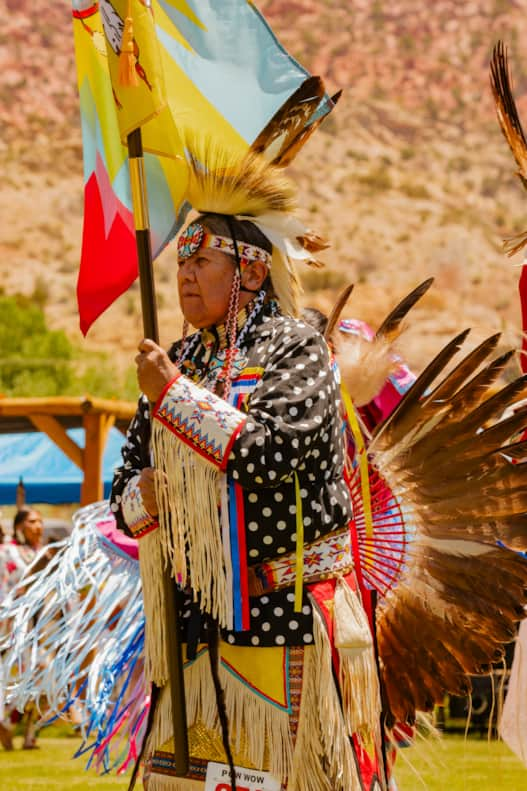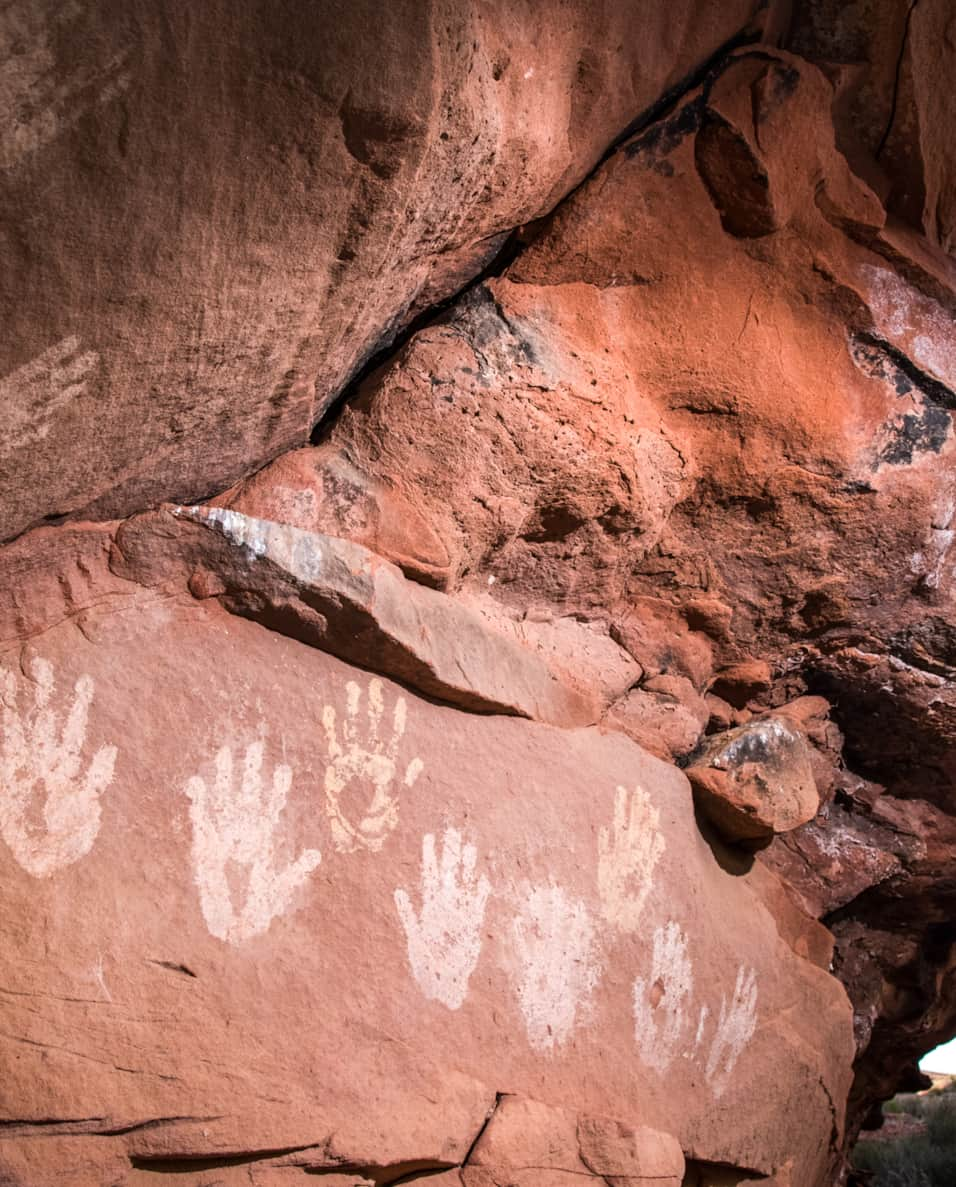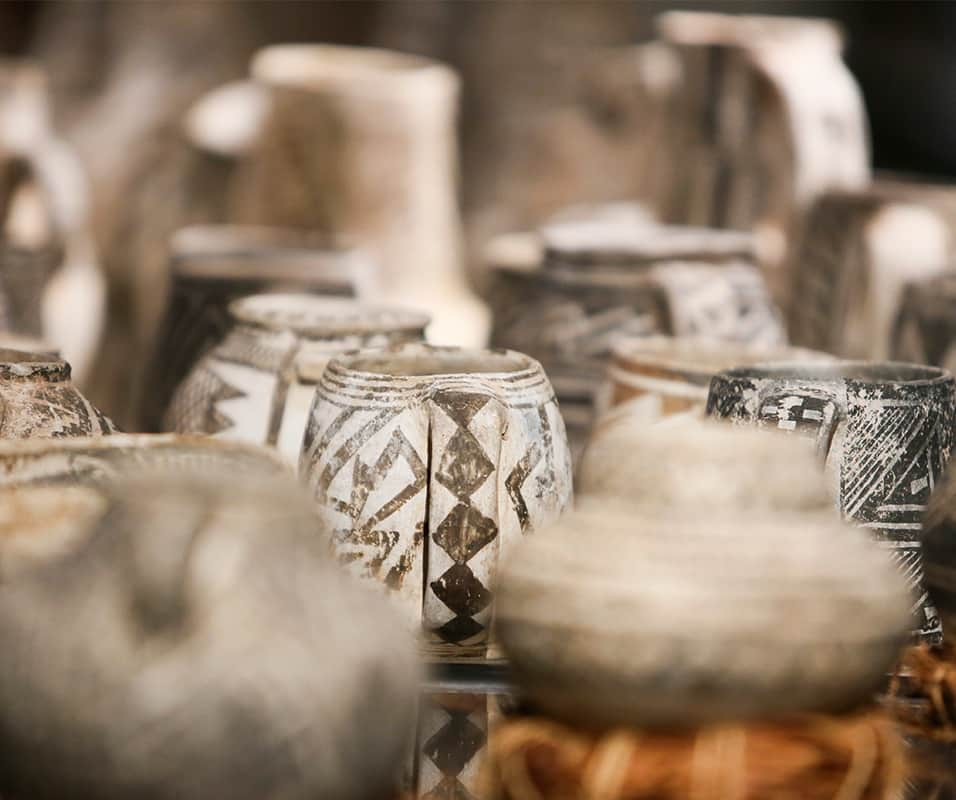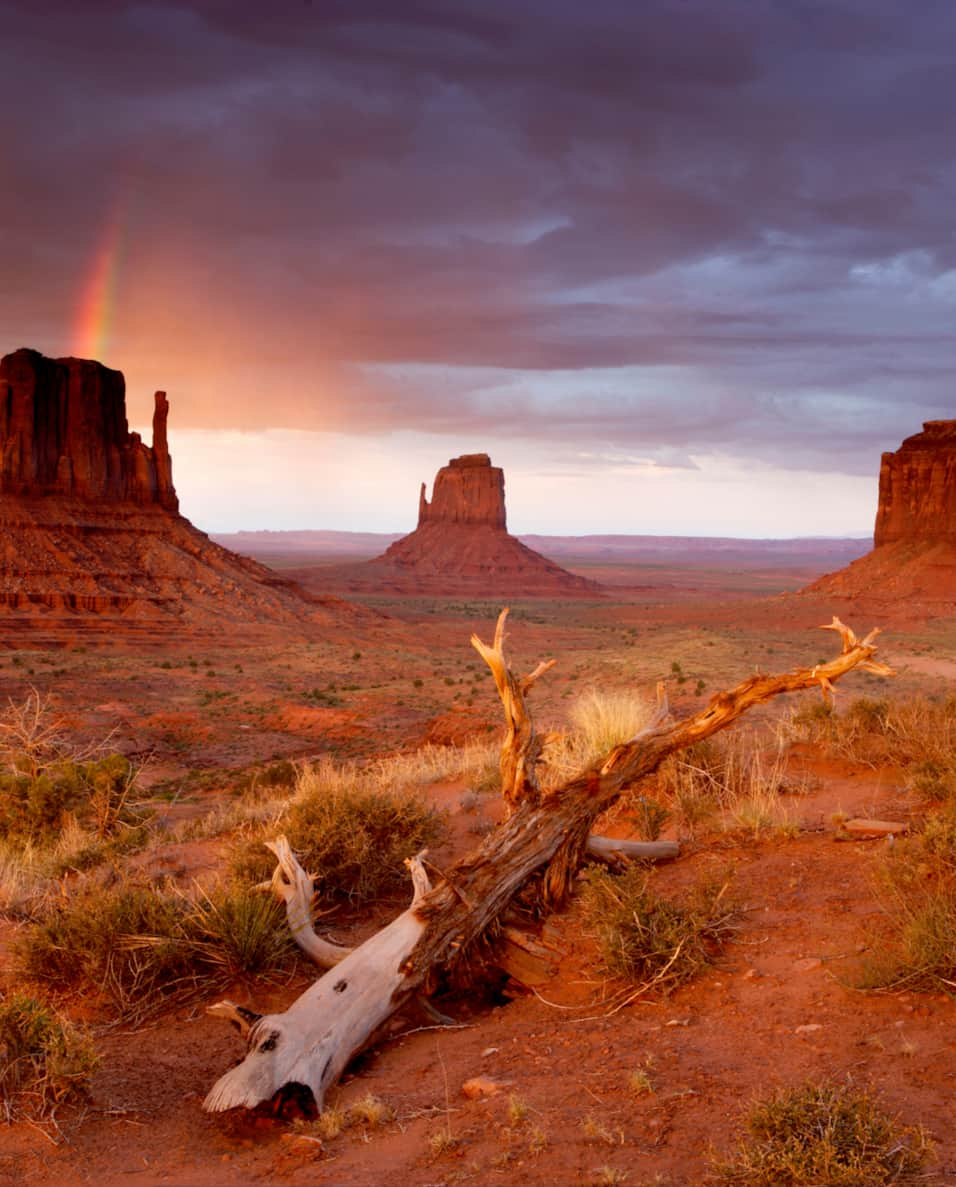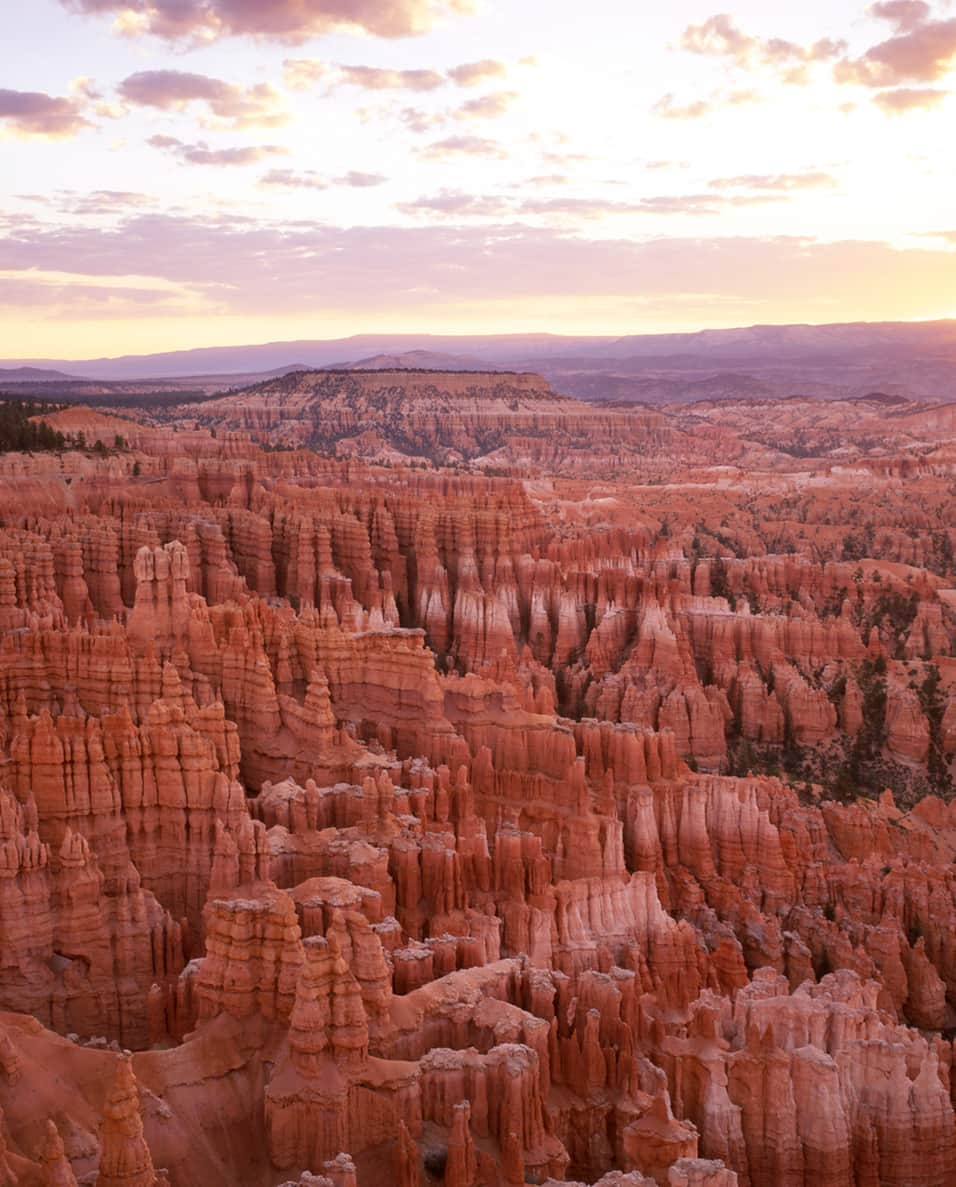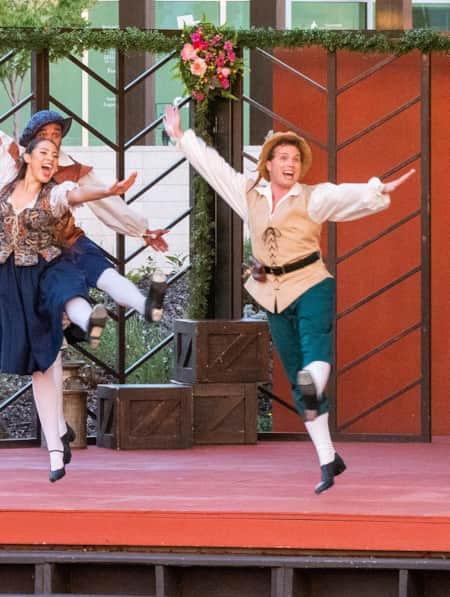How to Attend a Powwow with Respect
Attending a powwow can be a very meaningful endeavor. Here are five tips to help you prepare.
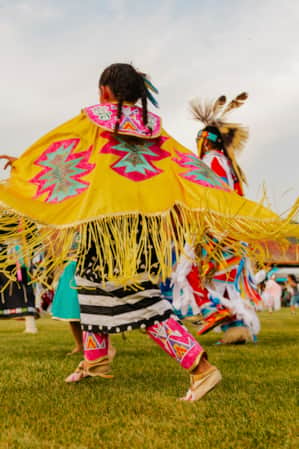
Powwows are sacred events that signify the unity of the different Tribes throughout North America. Utah is home to approximately 60,000 Native Americans, representing more than 50 Tribal Nations, with eight being federally-recognized. These Tribes are Northwestern Band of Shoshone Nation, Confederated Tribes of Goshute, Skull Valley Band of Goshute, Ute Indian Tribe of the Uintah and Ouray Reservation, Ute Mountain Ute Tribe, San Juan Southern Paiute Tribe, Paiute Indian Tribe of Utah and Navajo Nation. Each of these Tribes have different practices, but they come together under the same spiritual principles. Powwows give us, as Native people, the opportunity to preserve our culture and share it with anyone who attends. (Read: A Navajo Artist Finds Her Beat and Shares It)
"Powwows are about giving to the community, because others have given to you. They are less about the things you take away."
– Al Groves, Northern Ute and Hopi quill and beadwork artist
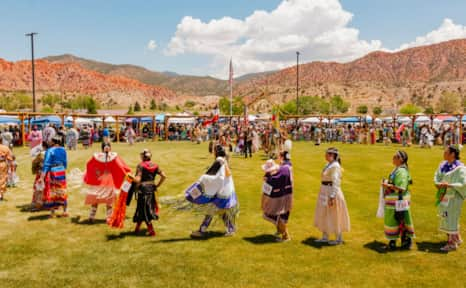
Native American culture suggests that the bonds between people are connected by the respect and practice of the arts.
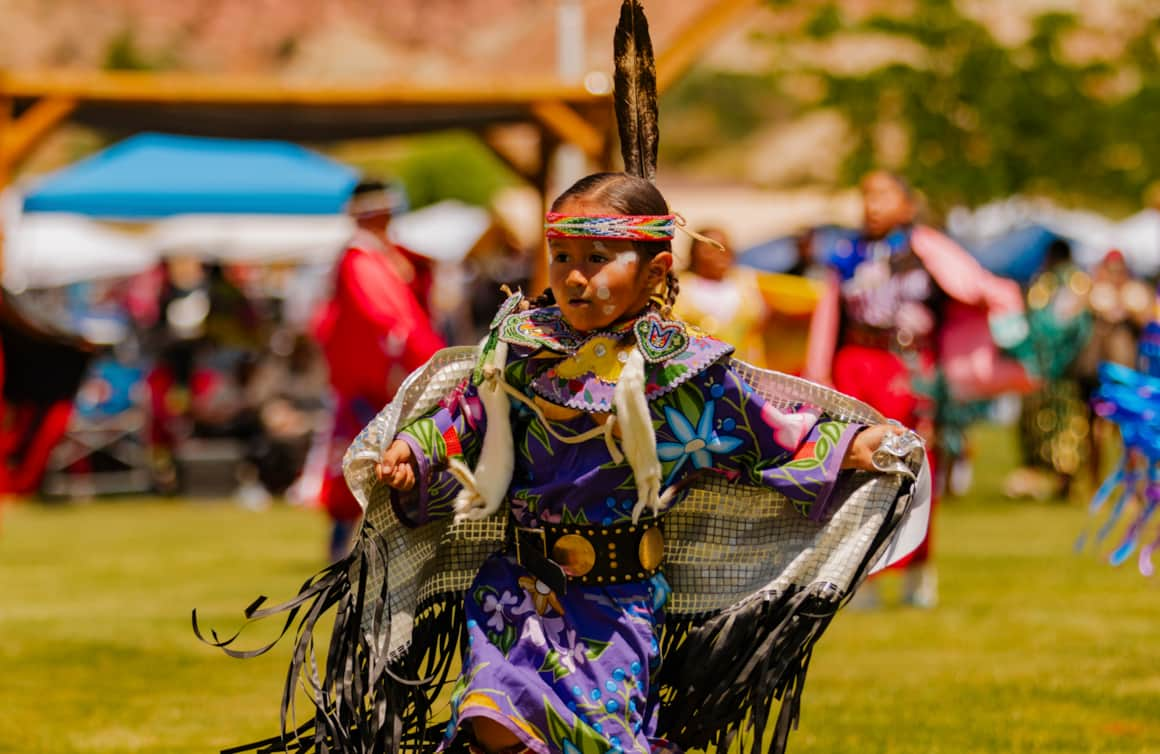
Countless generations of Native Americans have called the landscapes of Utah home.
It is important for me to address that I do not speak for all Natives and that all these thoughts are from the perspective of how I have been taught by Native family, friends and community members. As a young Native growing in the culture, I take guidance from my mentors and elders in the community to share their wisdom and knowledge.
For non-Native visitors seeking to experience Native culture, attending a powwow can be a meaningful endeavor. However, it's important to approach these events with respect and cultural sensitivity. Many powwows are indeed open to the public, but it's crucial to always check the Tribe's website or other official sources to confirm before attending. Here are five tips to help you prepare:
1. Keep Your Ears and Eyes Open
Almost all powwows feature an emcee or master of ceremonies. It is the job of this person to guide the proceedings, make announcements and keep the powwow on schedule. You’ll also notice the arena director will be actively moving around, directing dancers of all ages and styles to prepare for their competitions. Each dance carries a unique significance and meaning, playing a vital role in the powwow. The drumbeat symbolizes the heartbeat of Mother Earth, uniting everyone in a celebration of life. Take note of the different animals the dancers' movements mimic and the meaningful pelts and feathers they wear.
At certain moments during the powwow, there will be periods of silence and respect. During these times, it is customary to stand and remove hats to pay tribute to fallen community members or during the grand entry.
2. Support Native Artists
Native cultures boast a rich tapestry of artistic styles, and powwows offer a wonderful opportunity to immerse yourself in the diverse practices of various Tribes. Numerous vendors showcase unique, handmade Native pieces, including jewelry, bags, t-shirts, paintings, weavings and more. Many art pieces carry special meanings, such as silver and turquoise, which symbolize protection and health. Your support of these Native artists contributes to the preservation of their cultural heritage and empowers them to continue sharing their traditions. (Read: Art Keeps the Native American Culture Alive)
3. Ask Permission
Native people dedicate countless hours preparing for powwows, infusing their identity into their artistic creations and dancing regalia. When a dancer is fully prepared or performing, taking photos is generally welcomed. However, if you intend to post the photos on social media or share them in other formats, it's important to ask the dancer's permission first. Additionally, while you may admire the intricate details and symbolism of regalia, never touch it without permission.
Please also be respectful and avoid following dancers around, as this can make them feel uncomfortable.
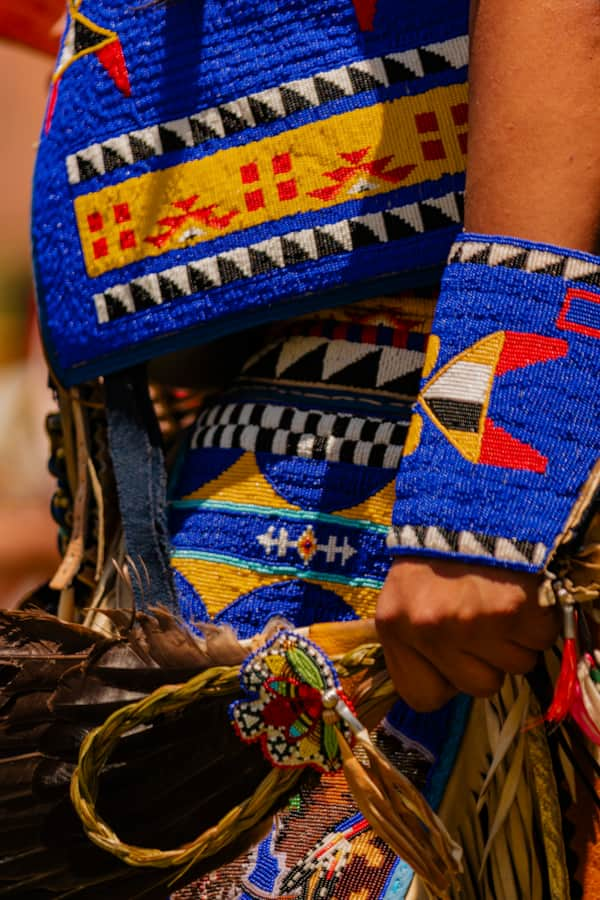
The details of regalia dress are symbolic of one's connection with ancestors and the land they call home.
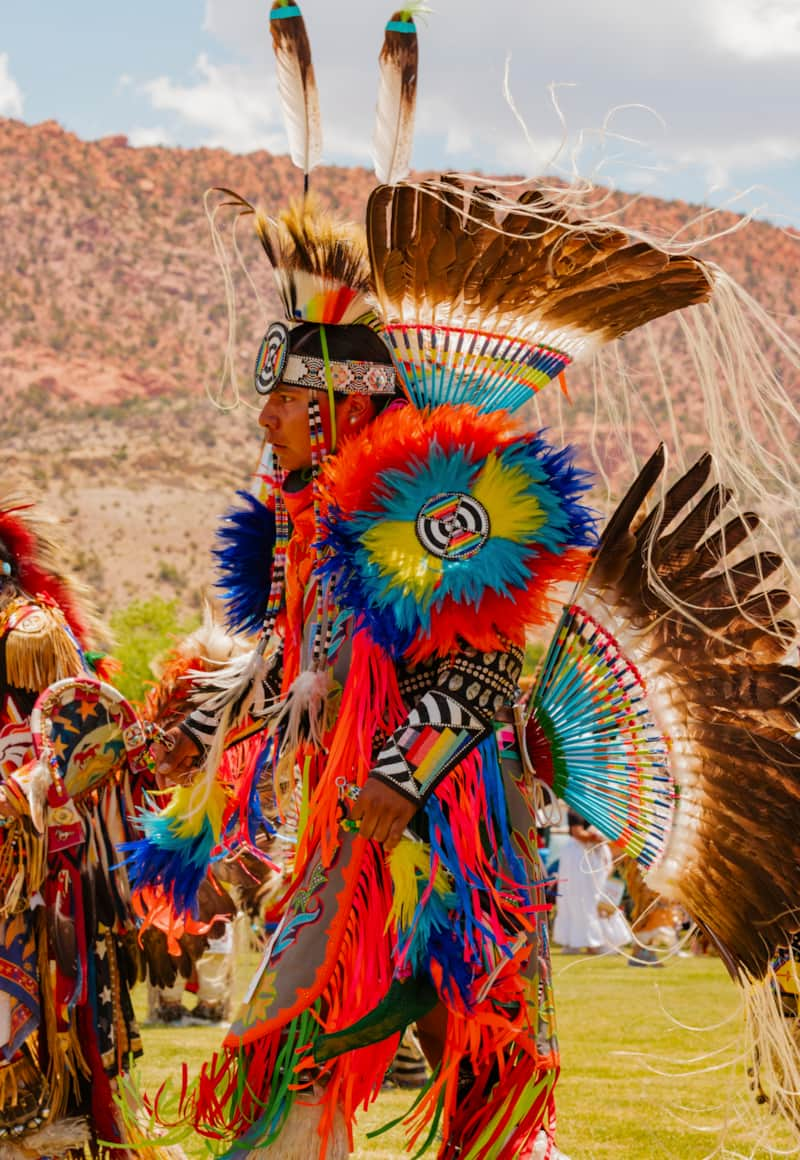
These traditional outfits are made by hand, often by the very people who wear them or by their family members.
4. Connect With the Community
The best way to truly connect with the community is to approach them with a genuine interest in learning and a desire to be a friend and ally. Many tribal members will be happy to chat and share more about their culture. However, it's important to do your own research before attending a powwow to familiarize yourself with general information. For example, try learning a bit about the hosting Tribe's history, traditions and any specific customs related to their powwows. This sort of preparedness will allow you to initiate more engaged conversations. (Read: Get to Know Utah's Tribes)
5. Appreciate the Cultural Legacy
For first-time powwow attendees, it's quite a privilege to witness the passing down of cultural traditions. The youth, or "Tiny Tots," learn from their parents, who in turn learned from the elders. This custom is on full display at the beginning of the powwow, called the "Grand Entry," where all the dancers gather in the arena. Plan to arrive at least 15 minutes early to secure a good viewing spot for this powerful procession and experience the strength of the community coming together.
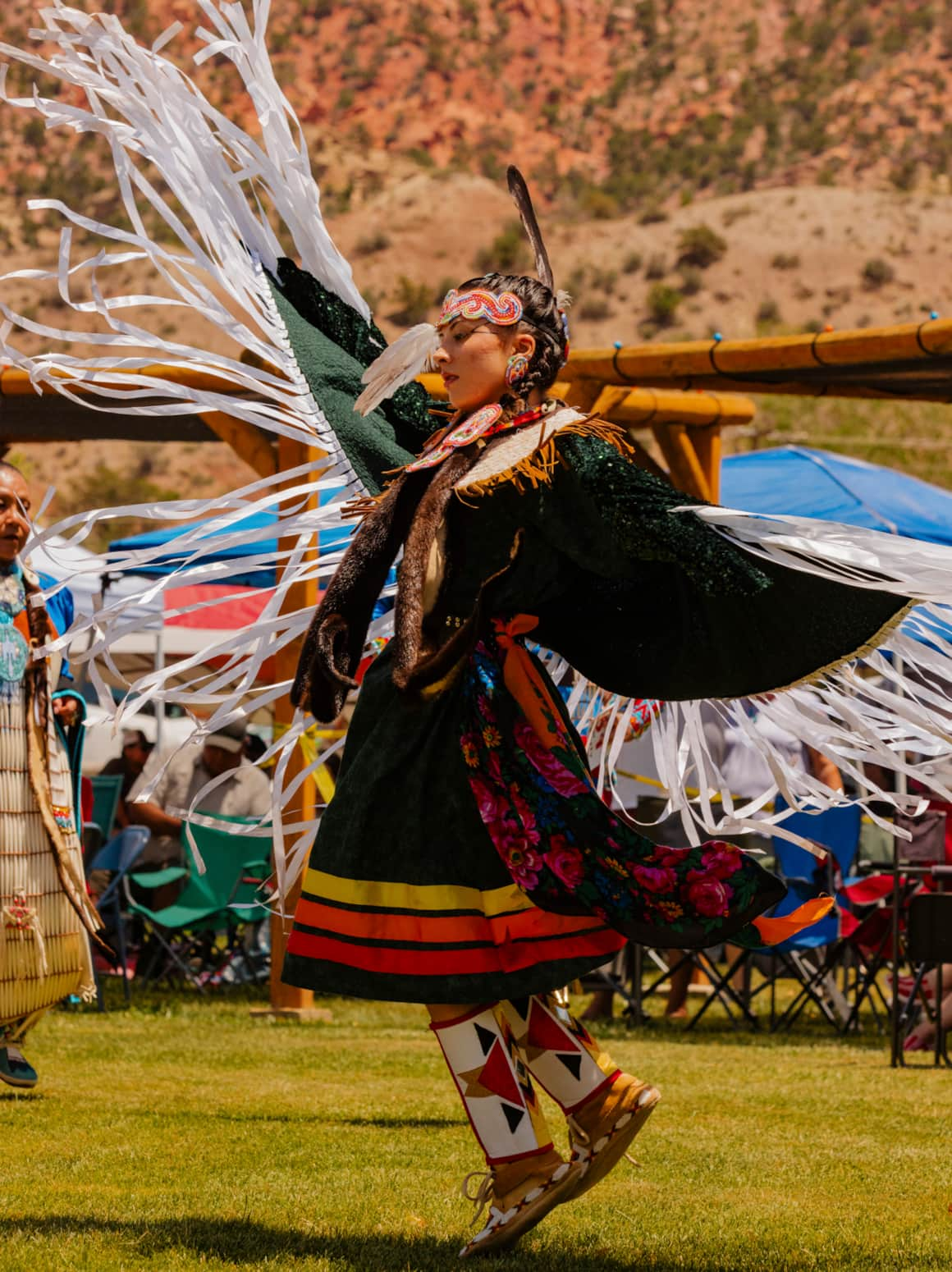
The Paiute Restoration Powwow is held annually in Cedar City and is open to everyone willing to attend with respect.
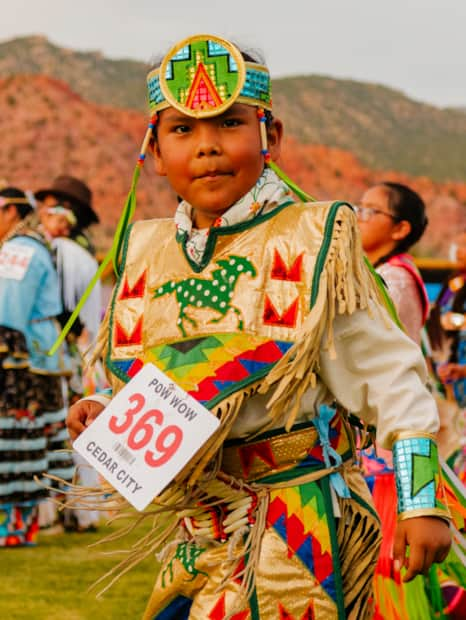
This event celebrates the tribe's regained federal recognition in 1980.
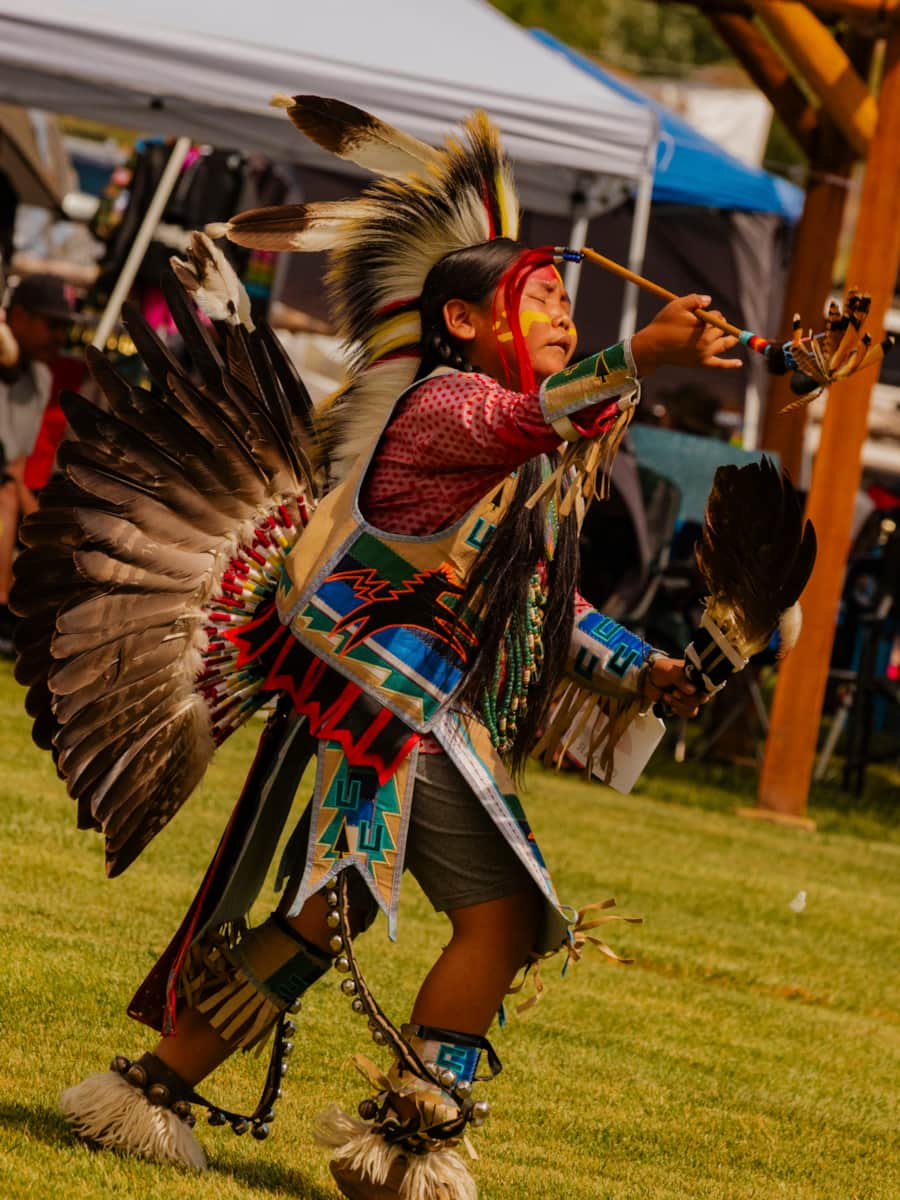
Powwows demonstrate the powerful bonds of community that have kept and will continue to keep cultural traditions alive for generations.
“Powwows are about giving to the community, because others have given to you. They are less about the things you take away,” says Al Groves, Northern Ute and Hopi quill and beadwork artist.
Our culture is about participation and involvement. To truly understand the importance of our culture and events, one should offer something of themself to the community. It is a full circle effect of symbiotic relationships and reciprocity. See how you can offer value by attending an event mentioned below and by following these guidelines.
